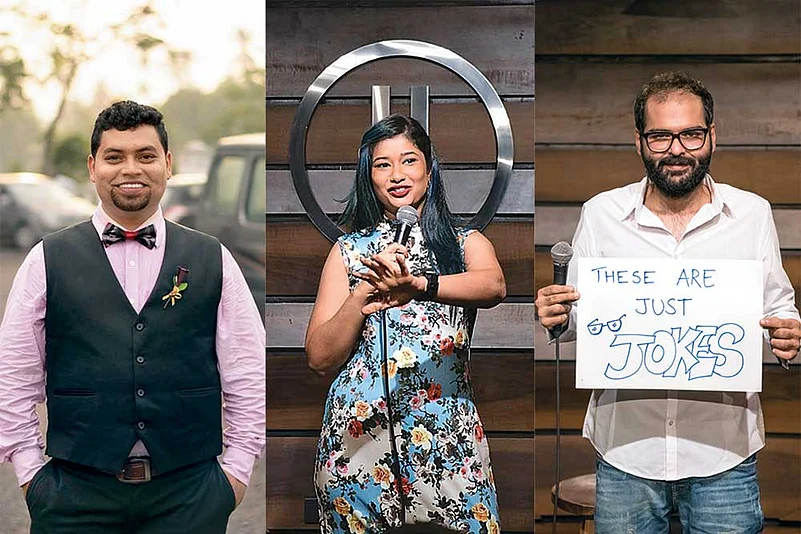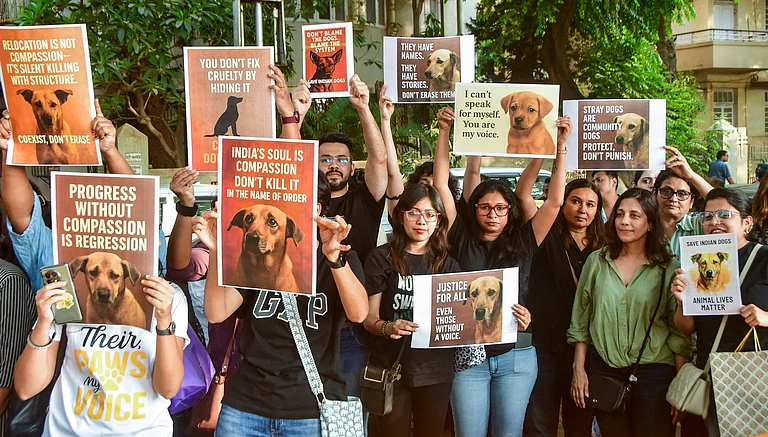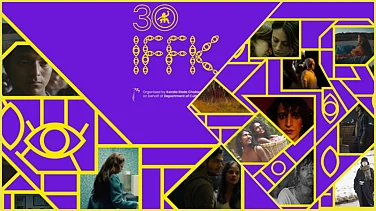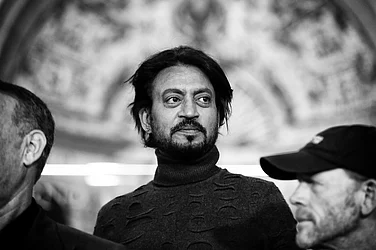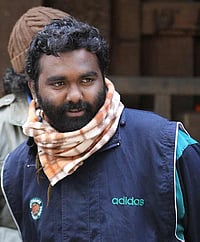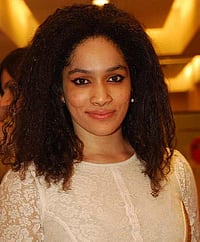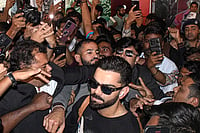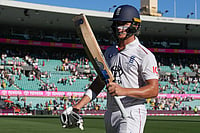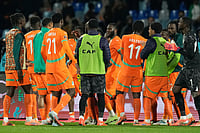At first glance, it looked like the moment had arrived. By the end of 2017, stand-up comedy in India was on the cover of a magazine, signalling the coming of age of the industry. The stand-up game was attracting investors in the right places: on OTT platforms like Netflix and Amazon Prime, apart from increasing open mic schedules in venues across cities. But over the past year, this burgeoning form of entertainment is grappling with myriad concerns, ranging from sexism, non-payments and cancelled contracts.
The stand-up scene in India is still not a formal one. Comedy companies and collectives show vulnerabilities, and can leave the comic in a lurch. Take Canvas Laugh Club (CLC), for instance, that became a main venue for stand-up after Comedy Store—one of the earliest comedy companies that came to India in 2010—closed down a couple of years after beginning operations. Comedy Store and CLC were game-changers when they started. They gave comics an opportunity to make money, and the payments did get better with time. But in recent years, CLC has been faltering. “They started defaulting on payments massively,” says a top comedian. “I cut ties with them four years ago because I wasn’t okay with not getting paid.”
Comedian Navin Noronha tells Outlook that comics with enough clout can ask for money in advance but others have it tougher. “People like me who aren’t ‘out there’ as such are taken for granted. CLC, for example, kept delaying payments and at one point I thought I was being too outspoken and wouldn’t get gigs in the future because of it. My payment was delayed for a year and I had a breakdown,” says Noronha. He mentions there are other comics who didn’t get their dues for close to two years. Attempts to reach out to CLC had met with no response till the time this story went to print.
If you ask viral comic Kunal Kamra about the scene, he says that the audience isn’t really “invested” in the art form at the moment and that only ten or twenty tickets would sell if comics weren’t on the internet promoting themselves. And this is despite the surge in open mics and more stand-ups coming in. “In 2016 there were only three producers and the same number of open mics. Today you can go to between three to five shows in a day!” says comedian Jeeya Sethi. “Comedy is happening everyday in Mumbai and it’s going to grow more and more,” she adds.
The growing interest is itself bringing in the uncertainties as of now. “There are more people performing and more events happening across cities, but this makes the quality and show occupancy suffer. Shows get cancelled too. Comedians who are promoting shows till two hours prior to the gig find that the show has been cancelled find that the show is cancelled due to zero sales,” says Devang Pathak, who worked at SnG Comedy between 2014 and 2016 and now as a journalist covers the comedy scene at WasThatFunny.in. Noronha adds that new comics are willing to do the same half-an-hour gig at Rs 20,000 instead of the going rate of Rs 40,000.
Last year, new-age Indian comedy’s reputation came under strain when allegations under the #MeToo movement exposed a darker side of the circuit. Since them, the big three comedy groups: All India Bakchod, SNG Comedy and East India Comedy, have either disbanded or had founding members quit. The trio with close to 55 lakh YouTube subscribers between them created videos with millions upon millions of views. It’s not a blanket shift, but some are looking to explore newer avenues and new material by doing it alone. “People would say they would want to become like AIB in terms of virality, but that wasn’t everyone’s dream. Everyone didn’t want to be content creators or an advertising agency,” says Pathak.
Apart from going viral with collectives, YouTube, of course, has again been a way to break out independently. The commercial sense it makes to go viral is lost on no one. Varun Thakur, who along with Shah and two others split from SNG in January, says: “There was a time when YouTube completely took over and there was a direct correlation between popularity there and show tickets. .”
But Sethi says that it isn’t as easy as it sounds. “In a fledgling industry, a viral YouTube video isn’t a sign that ‘you’ve made it’. Craft takes time. Every comic who does two open mics calls himself a comedian. You have to do comedy for more than 20 years to be a comic, in my opinion. It takes at least five years to find your voice,” says Sethi.
It’s a space where individual and collective careers have to be managed parallely. “Even when we were a part of SNG and EIC, everyone had their individual careers as comedians. When material gets over, you go back to open mics and continue to do open mics till you get new material—that’s how comedy works. The need for comedy in the country is also different from when it started and with time content matures. Everyone has been trying to find their voice,” says Shah.
One person who has found a way with his words is Kunal Kamra. His latest video hit a million views on YouTube the day it released. The 12-minute act begins with the cracker: “Yeh mere aur Ambaniji ke beech mein Modiji kya kar rahe hain? (What is Modi ji doing in between me and Ambani ji?).” Kamra says that it took him a year-and-a-half to polish the act, playing with words until he cut down from the original 20 minutes. “To hold someone’s attention right now is like asking them to write you a part of their will,” he says.
With election fever around, comedy is getting more political too. Even TV comics, of the Great Indian Laughter Challenge fame, like Rajeev Nigam and Rehman Khan, have hopped on to the digital circuit, putting up videos of their acts. Pathak feels when there are movies and web-series using the same principles that publications do for trending stories, how can stand-up be far behind.
Post-MeToo, a discomfort lingers. Rehman Khan’s mention, for instance, rang a warning bell to most comics Outlook spoke to. In 2016, he was arrested on charges of rape but is still putting up stuff online. Jeeveshu Ahluwalia, a comic accused of “date-rape”, has also been actively performing on the circuit. “It’s tricky because not everyone faces repercussions,” says Noronha. “Some people should be banned from performing but nobody takes the call, and men support men,” says Sethi. “Honestly, it’s a good thing that these collectives died because they mostly had men with no women being showcased.”
Sexism and other forms of discrimination are present in most industries. The reason why comedy really caught on was because the scene was vocal, willing to look inwards and move ahead; a part of why the scene paves its own ways, pushing boundaries in the discourse while it’s at it.






